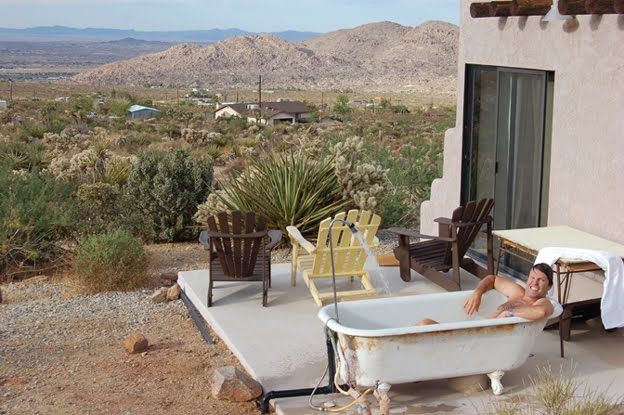by Morgan Craft
For five years, I’ve been scouring the San Jacinto Mountains behind my Palm Springs home with high-powered binoculars hoping to catch a glimpse of our famous cliff-dwelling neighbors, the endangered Peninsular Bighorn Sheep. This week, the Department of Fish and Game, which monitors the dwindling herd, brought them to me.
For five years, I’ve been scouring the San Jacinto Mountains behind my Palm Springs home with high-powered binoculars hoping to catch a glimpse of our famous cliff-dwelling neighbors, the endangered Peninsular Bighorn Sheep. This week, the Department of Fish and Game, which monitors the dwindling herd, brought them to me.
The chop-chop of a helicopter here usually means the search is on for a lost hiker on the notorious Skyline trail. This one, however, was clearly ferrying a four-legged passenger. A short hike into Tacheva Canyon revealed a well-coordinated capture operation of sheep brought down from the towering cliffs above by the chopper, which are loaded into a pickup and brought to the examination site.
Six adult bighorn sheep were captured from the helicopter, using a net-gun, and then fitted with radio-collars. They were then examined by a veterinarian, health tested, collared and released at the site, or flown back to their place of capture. The capture was part of an on-going, long-term research project and was conducted by the California Department of Fish and Game, U.S. Fish and Wildlife Service and nonprofit Bighorn Institute, whose biologists have been monitoring the bighorn sheep in the San Jacinto Mountains since 1992. (Click to read on...)





